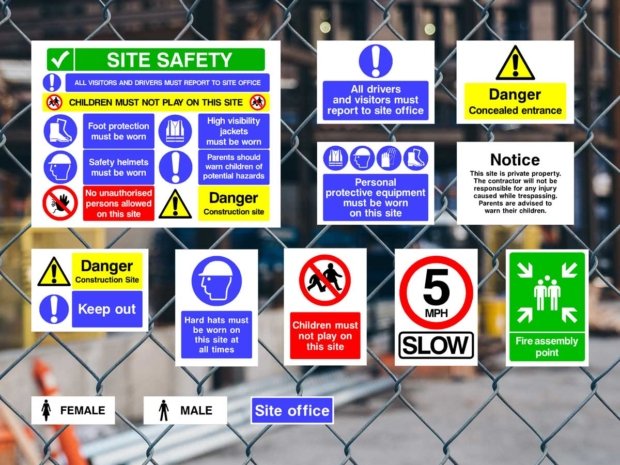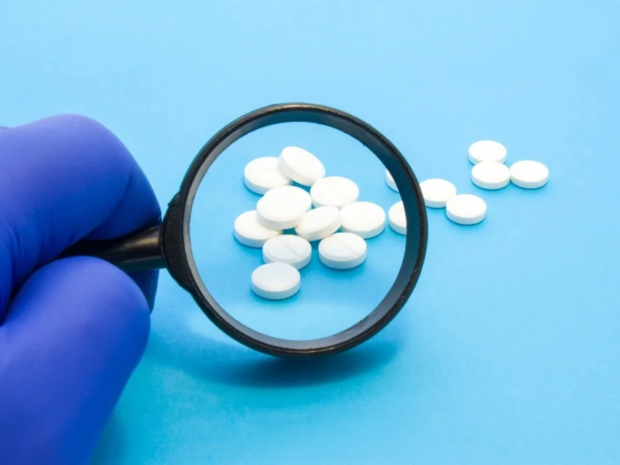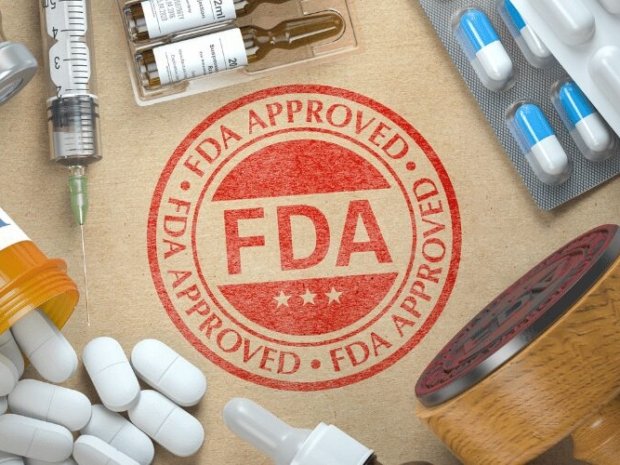Substance misuse in the workplace is more common than many supervisors realize. While most employees come to work prepared, focused, and professional, a small number may struggle with drug or alcohol misuse that affects their performance, safety, and
Substance Abuse in the Workplace: The Hidden Safety Hazard (USA)
Substance abuse is one of the most serious hidden risks in American workplaces. While many employers invest in safety programs, training, and protective equipment, the danger posed by drug and alcohol misuse is often underestimated. The truth is simp
Pharmacovigilance Reporting Explained: From Expedited to Aggregate Reports
Pharmacovigilance (PV) is the science and practice of monitoring drug safety. It focuses on identifying, assessing, and preventing adverse drug reactions (ADRs) and other drug-related problems. A key part of PV is reporting. Reports are how informati
Drug Safety and Pharmacovigilance: A Complete Guide for Healthcare and Industry Professionals
Drug safety has always been at the heart of healthcare. Every treatment, no matter how promising, carries some level of risk. This is why the science and practice of pharmacovigilance (PV) exist. PV is more than a regulatory requirement, it is the on
Top Reasons FDA Rejects Drug Applications: Lessons from Safety and Adverse Event Data
Bringing a new drug to market in the United States is one of the toughest regulatory journeys in the world. The U.S. Food and Drug Administration (FDA) closely examines every submission, and many applications face rejection, delay, or multiple rounds
Workplace Drug and Alcohol Policies: Legal Requirements for U.S. Employers
Creating and maintaining a workplace drug and alcohol policy is not only about promoting safety but also about following the law. U.S. employers must meet federal, state, and sometimes industry-specific rules when building such policies. A clear poli
Holiday Traffic Jams: Avoiding Tailgating in Congested Travel Seasons
The holiday season in the U.S. is one of the busiest travel times of the year. Thanksgiving, Christmas, and New Year’s bring millions of drivers onto highways and local roads. With the extra traffic comes a higher risk of collisions, many of them lin
Stopping Distance Demystified: How Speed, Weather, and Vehicle Weight Affect Braking (USA)
When people think about road safety, speed limits and traffic lights usually come to mind. But one of the most important safety factors is often overlooked: stopping distance. Knowing how far it takes for your car, truck, or bus to come to a full sto
5 Lane-Changing Tips Every U.S. Driver Should Know
Changing lanes is one of the most common driving maneuvers, yet it is also one of the riskiest. A simple mistake during a lane change can cause collisions, road rage, or traffic delays. Every driver in the U.S. faces this situation daily, whether on
Driver Fatigue in the U.S.: A Complete Guide to Risks, Laws, and Prevention
Driver fatigue is one of the most serious safety concerns on American roads. Every year, tired driving contributes to thousands of accidents, many of them fatal. Unlike a flat tire or engine breakdown, fatigue is an invisible risk. It builds slowly,












